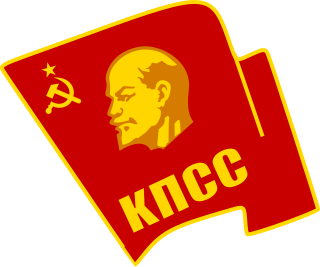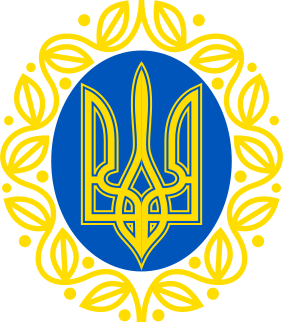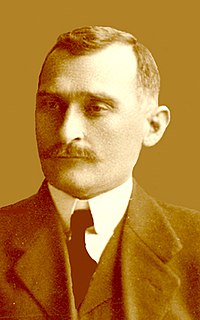 W
WThe Black Hundred, also known as the black-hundredists, was a reactionary, monarchist and ultra-nationalist movement in Russia in the early 20th century. It was a staunch supporter of the House of Romanov and opposed any retreat from the autocracy of the reigning monarch. The name apparently arose from the Medieval concept of "black", or common (non-noble) people, organized into militias.
 W
WThe Central Committee of the Communist Party of the Soviet Union was the executive leadership of the Communist Party of the Soviet Union, acting between sessions of Congress. According to party statutes, the committee directed all party and governmental activities. Its members were elected by the Party Congress.
 W
WThe Central Council of Ukraine was the All-Ukrainian council (soviet) that united deputies of soldiers, workers, and peasants deputies as well as few members of political, public, cultural and professional organizations of the Ukrainian People's Republic. After the All-Ukrainian National Congress, the Council became the revolutionary parliament in the interbellum lasting until the Ukrainian-Soviet War. Unlike many other councils (soviets) in the Russian Republic, bolshevization of this soviet failed completely causing members of the Russian Social Democratic Labour Party (Bolsheviks) in Ukraine, also known as Social-Democracy of Ukraine, to relocate to Kharkiv.
 W
WChernoe Znamia, known as the Chernoznamentsy, was a Russian anarchist communist organisation. It emerged in 1903 as a federation of cadres. It took its name, "The Black Banner", from the black flag, the use of which as a symbol of anarchism in Russia, according to An Anarchist FAQ, coincided with its founding.
 W
WThe Committee for the Independence of Georgia or the Parity Committee was an underground anti-Soviet organization active in the Georgian Soviet Socialist Republic in the early 1920s. It is commonly known as "Damkom". The Committee was responsible for the preparation and guidance of the abortive August Uprising of 1924.
 W
WThe Committee of Members of the Constituent Assembly was an anti-Bolshevik government that operated in Samara, Russia, during the Russian Civil War of 1917-1922. It formed on June 8, 1918, after the Czech Legion had occupied the city.
 W
WThe Union of Mladorossi was a political group of Russian émigré monarchists who advocated a hybrid of Russian monarchy and the Soviet system, best evidenced by their motto "Tsar and the Soviets".
 W
WThe Petrograd Military Revolutionary Committee was a militant group of the Petrograd Soviet and one of several military revolutionary committees that were created in the Russian Republic. Initially the committee was created on 25 October 1917 after the German army secured the city of Riga and the West Estonian Archipelago. The committee's resolution was adopted by the Petrograd Soviet on October 29, 1917.